Future-forward education since 1931


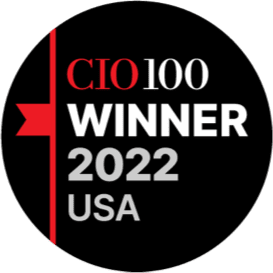
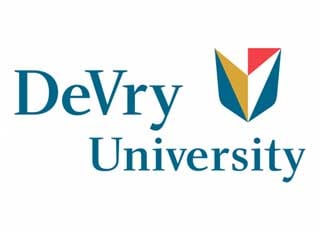
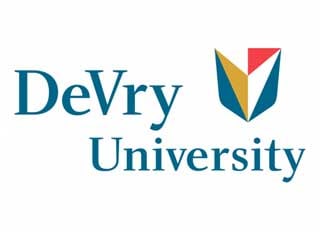


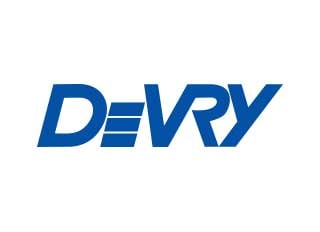
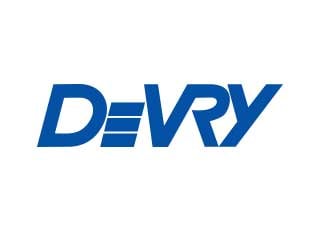


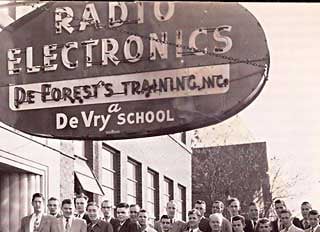
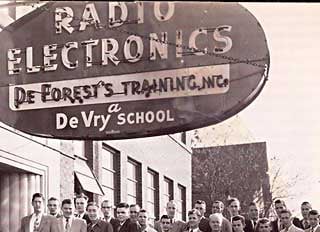
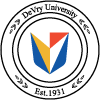

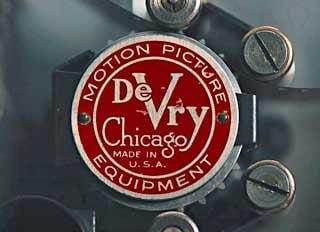
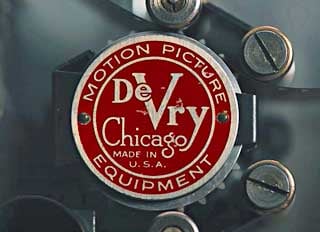


- 2026
- 2025
- 2025
- 2025
- 2022
- 2018
- 2015
- 2011
- 2003
- 2002
- 1998
- 1987
- 1981
- 1977
- 1973
- 1969
- 1968
- 1966
- 1957
- 1955
- 1953
- 1943
- 1940s
- 1931
- 1925
- 1921
- 1913
- 1912
We help make education more attainable for students by collaborating with the Illinois Board of Higher Education’s Proprietary Advisory Committee and Faculty Advisory Council and supporting the state’s Postsecondary and Workforce Readiness (PWR) Act.
DeVry University Advantage Academy
Founded with Chicago Public Schools in 2004, our award-winning DeVry University Advantage Academy (DUAA) dual enrollment program enables qualified 11th and 12th grade students to simultaneously pursue their high school diploma and a DeVry associate degree or undergraduate certificate at no cost to the students.
Community educational support
We’re proud to help other education institutions, school districts, and organizations engage youth in innovation, spark curiosity, grow career awareness, and collaborate on a sustainable STEM curriculum.
Charitable causes
Since 2020, DeVry has partnered with the Boys & Girls Clubs of America (BGCA) to support their overall mission of college readiness as well as their Workforce Readiness programs, giving young learners opportunities to explore careers and build employability skills.
Responsible use of artificial intelligence and technology
DeVry University is a member of the Content Authenticity Initiative, a group of organizations and professionals working together to fight misinformation and provide verifiable trust to digital content. Our service to the AI community complements our Cyber Security Center of Excellence and AI Resource Center.
Support for voting rights and registration
We recognize that a healthy democracy depends on an engaged electorate, which is why our student and colleague communications encourage participation in upcoming election cycles.
Is DeVry a for-profit college?
Are degrees from DeVry recognized by employers?
What degrees and certificates does DeVry University offer?
1DeVry University is accredited by The Higher Learning Commission (HLC), www.hlcommission.org. The University’s Keller Graduate School of Management is included in this accreditation. Many of our programs have achieved programmatic accreditation or recognition. For a complete list and additional details, view our accreditation page.



